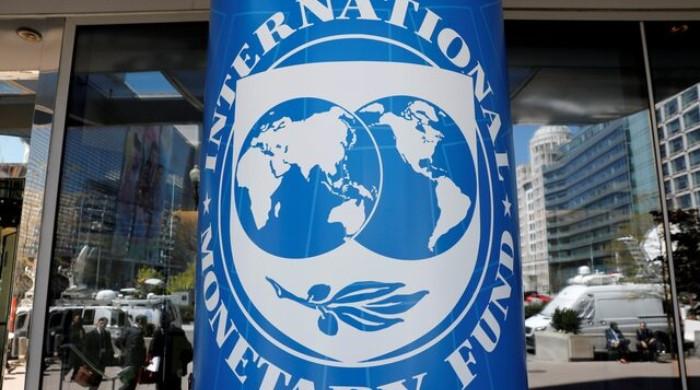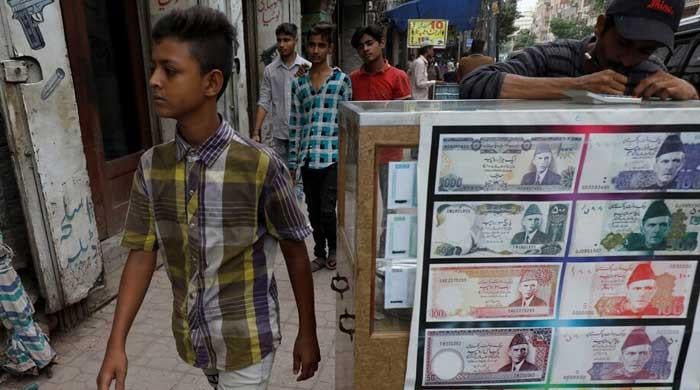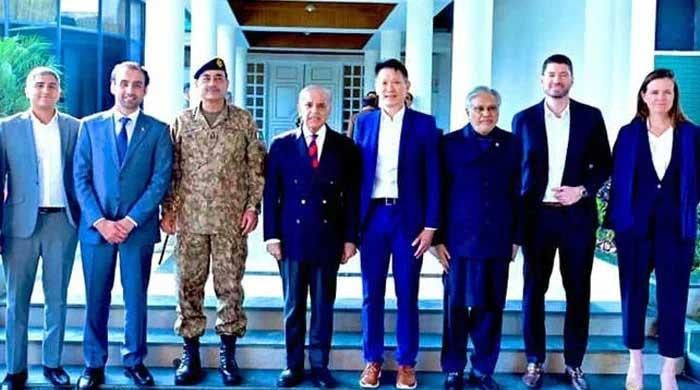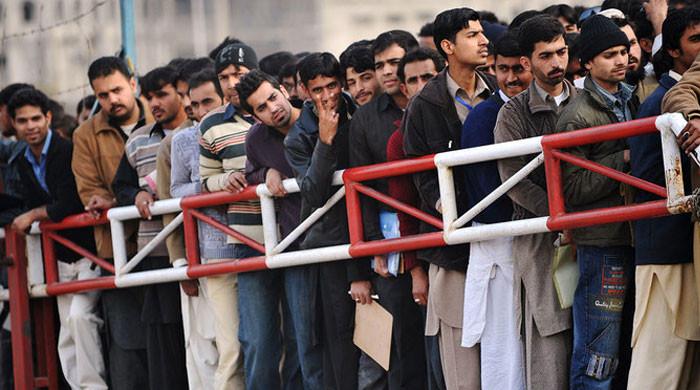Berlin Wall, Kartarpur and Ayodhya: A Whirlwind Weekend for a South Asian
Nations are as historian Benedict Anderson told us created in the minds as much as they are through physical borders
December 01, 2019
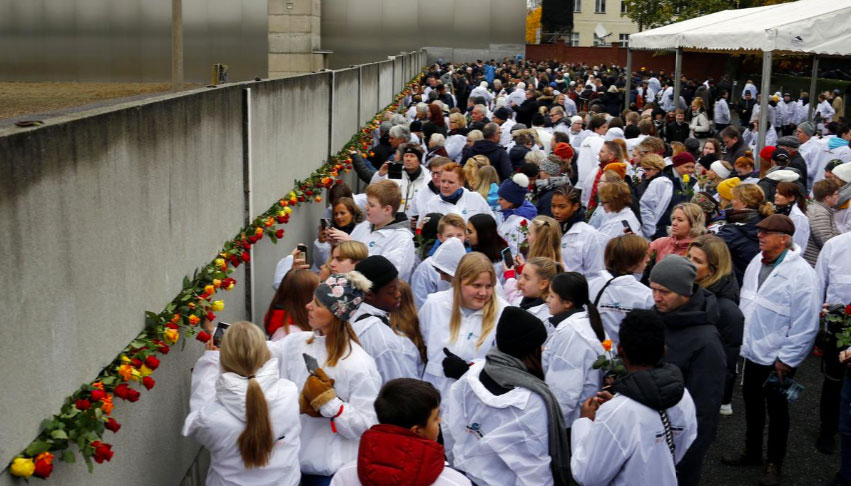
A little after 5pm on Saturday, November 9, we reach Brandenburg Gate – the location for an open-air concert, held as part of the week-long celebrations marking the 30-year anniversary of the Mauerfall (Fall of the Berlin Wall). From the underground station, we arrive at the back of the imposing structure; there are barricades, sizeable crowds and police personnel everywhere. In an instant, I am transported back to memories of such concerts near India Gate, New Delhi. An illuminated globe is only partially visible from our vantage point, but I suggest we stay and enjoy the event from this strategic location.
My German partner, who does not have a similar experience with crowds, insists we proceed to the entry point, which had been, it turns out, already closed due to unanticipated numbers. We are encouraged to proceed to another security checkpoint through a spooky walkway in the woods. When we reached the street again, I couldn’t spot the security point or barricades ahead of the tall bodies in front of me but was alerted to their existence through mock-sloganeering on ‘bringing the walls down’.
Others had started streaming the program on their cellphones.
For me, the physical toll from a weekend well-spent checking out open-air exhibitions on the Wall and the two nations it had divided, as well as the psychological toll caused by the Ayodhya judgement passed by the Indian Supreme Court, earlier that day, was beginning to tell.
Berlin and Germany were, likewise, in the midst of celebration that was trying to make sense of unmitigated suffering in the past and the unresolved conflicts of the present. The Berlin Wall was not about the concrete, the brick-and-mortar, but the cleavages in a society.
Nations are, as historian Benedict Anderson told us, created in the minds as much as they are through physical borders. The two nations still persist in the minds of the older Germans I have encountered, both in the West (Federal Republic of Germany) and the East (German Democratic Republic also known as GDR).
The younger citizens, who do not have the experience of living in or close to an undemocratic state known for its brutality as GDR was, have grown up with a strange sense of historic dislocation.
The society relentlessly and justifiably, memorialises the excesses of the Nazi regime in the hopes that the country never again repeats the crimes against humanity it had committed between 1933 and 1945. But it also struggles with giving adequate context to the repression and violence GDR was known for or the well-intentioned but incomplete promise of freedom and prosperity the Federal Republic represents.
As a result, Germany continues to struggle with the ghosts of its past, showcased in the rise of the neo-Nazis and of eerily familiar racial messaging that Nazi propaganda was identified with. As President Frank-Walter Steinmeier noted in a speech that while Germany should celebrate the destruction of the Wall that separate people, it must acknowledge that the ‘never-again’ happened again – in the former East German city of Halle, where this year a Jewish synagogue was attacked.
The shooting was rightfully deemed a terrorist attack but it also brought into focus the decision to not label similar attacks against immigrants in various cities of Saxony, especially Chemnitz. Such trends in politics were undoubtedly worrying for an immigrant like me who has, with due skepticism, bought into Germany’s promise of freedom that South Asia currently does not represent.
The parallels between contemporary South Asia and GDR, as represented in the exhibits from various Berlin locations like Alexanderplatz, Gethsemanekirche and East Side Gallery, are very apparent.
The stories shared in these displays speak of a surveillance state that did not even ensure food security to its citizens, but made up for its lack through shameless, misleading propaganda. The movement against the Wall was fueled by economic destitution, the absolute lack of freedom of expression, and rapid environmental degradation. The state tried to repress this dissent through outright violence, incarceration of activists, widespread surveillance, and, perhaps most importantly, negative propaganda against its neighbor – a country with which it shared its history, language, and culture.
All this is eerily familiar. In contemporary South Asia, where politician from India’s ruling BJP has claimed that the pollution crisis in India is a result of Pakistan’s efforts to deliberately poison India’s air, the divisions in the mind seem more insurmountable than the physical borders.
The Berlin Wall’s function was symbolic, but it nevertheless opened up a possibility for eventual reconciliation once it was brought down. The Kartarpur Corridor, like Aman ki Aasha and Samjautha Express before, hold out such a promise despite the toxic rhetoric emerging from both sides of the border.
When the Indian Prime Minister Narendra Modi, compared the destruction of the Babri Masjid to Berlin Wall, he ignores the historical context. The former event exacerbated divisions in the society and created more barriers in the mind and disharmony between people. The Mauerfall aimed at reconciliation, freedom of expression and freedom from fear – all of which are aspirational goals for South Asia today.
Rama Srinivasan is an anthropologist and author of the forthcoming book Courting Desire: Litigating for Love in North India.





